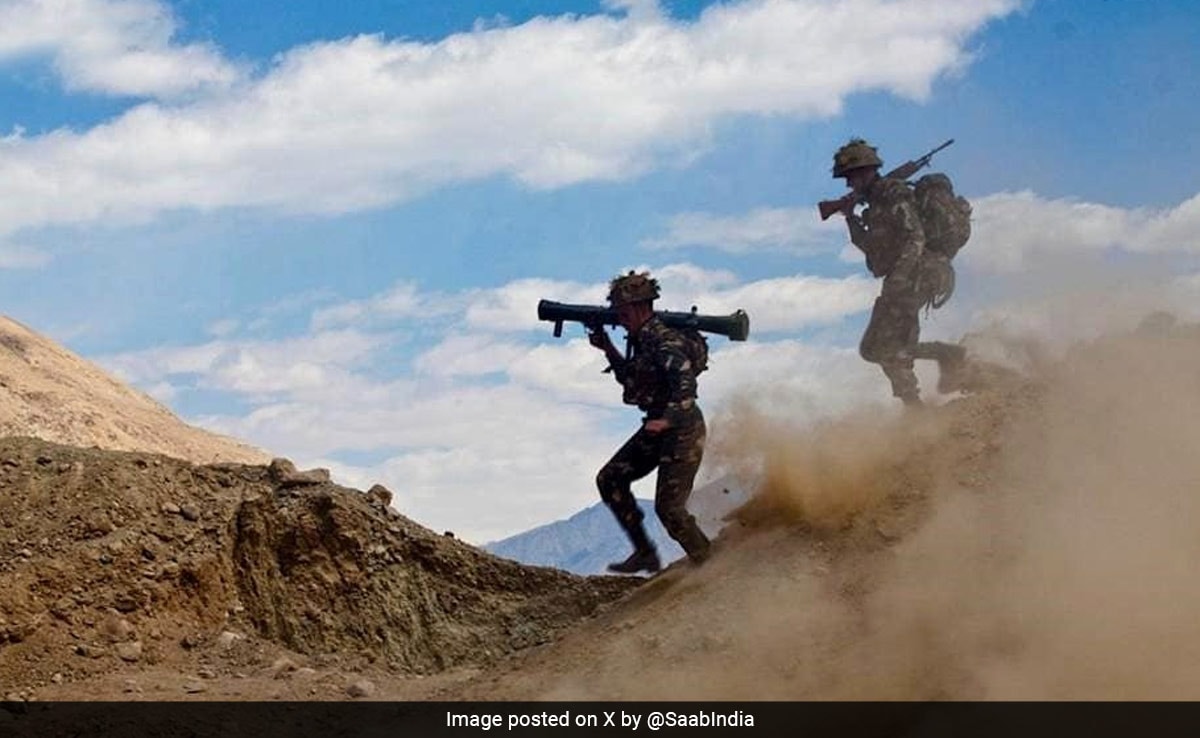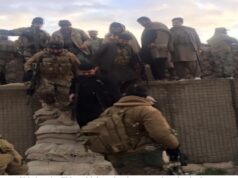Carl Gustaf – Army’s Go-to portable Rocket System

The earlier versions of Carl-Gustaf has been in service with the Indian Army since late 197os and extensively in counter-terrorism/insurgency operations. It’s a portable, shoulder-fired, single-shot, rocket system that is used for destroying tanks and built-up structures. It is seen as a game changer in urban combat.
An improved versatile version of this a recoilless multi-role rocket launcher system widely used by the Indian infantry, had come to India in 1983 – 84 and first issued to the Para SF and Paras. They loved this versatile Weapon and used it effectively during OP PAWAN in Sri Lanka.
This versatile weapon could fire anti tank rockets to a range of 400 to 500m, anti personnel rockets including airburst to over 1000m, smoke rockets to 1800m and Illuminating rounds to over 2100 m.
The only minus point was the heavy weight of around 16kg of the Launcher and the weight of each rocket 4 to 6 Kgs. This got addressed in the next version called M4. The weight of the launcher has been reduced by nearly half.
Apart from more lethal High Explosive Anti-Tank (HEAT), High Explosive (HE) to anti-structure munition like High Explosive Dual Purpose (HEDP) and multi-target ammo have been developed for this weapon enabling easily changeable role between anti-tank and anti-personnel.
The HEDP 502 round is a high-explosive, dual-purpose round has been optimised for fighting in built-up areas. It is as effective against armoured vehicles as it is against enemies protected by structures like sandbags and brick and wooden walls. The round has both an impact and a delay mode.
Illumination of areas in front of own defences or the area over enemy defences can also be done. Firing of smoke to cover advance or withdrawal or to indicate targets can also be done.
The Gustaf can be fired from the standing, kneeling, sitting or prone positions, and a binod may be attached in front of the shoulder piece. An operating handle called the “Venturi lock” is used to move the hinged breech to one side for reloading.
The weapon is normally operated by a two-man crew, a gunner who carries and fires the weapon and a loader, carrying two canisters for a total of four rounds of ammunition. One or two extra ammunition carriers can be assigned if heavy use is expected.
In the firing procedure it is the loader’s responsibility to check the area behind the weapon for people and for obstacles that can interfere with the back-blast; this is needed due to the inherent dangers of the back-blast. Any person within the back-blast cone can suffer severe burn injuries and solid objects closely behind can reflect the blast back onto the crew.
Now this M4 version will be made in India. The manufacturing facility will be located in Haryana’s Jhajjar The M4 variant, which will be manufactured in India, is the latest variant. This us a significant development toward self-reliance in defence manufacturing.
Manufactured by SAAB, a Sweden-based company, received a 100 per cent Foreign Direct Investment (FDI) approval from the Centre and will now produce the carl-Gustaf M4 system under SAAB FFVO India Private Limited.
“I am proud to start constructing our first facility outside Sweden for Carl-Gustaf, a product with a long history with the Indian Armed Forces. We look forward to starting production of our excellent product, now engineered and made in India”, says Gorgen Johansson, Senior Vice President and Head of SAAB’s business area Dynamics.
“Today is an important milestone for Sweden and India. SAAB’s factory will be the first foreign fully-owned defence production facility in India. It is a testament to the strong bilateral relationship between our countries,” says Hakan Jevrell, State Secretary for Foreign Trade, Sweden.
“We will partner with Indian suppliers and will fully meet the requirements of “Make in India” for the systems manufactured in the facility. At the new factory, SAAB will deploy complex technologies, including the latest sighting technology and advanced carbon fibre-winding to manufacture Carl-Gustaf M4 for the Indian armed forces, and components which may be included in other users’ systems,” SAAB said.
One of the components of the Centre’s Aatmanirbhar or self-reliance project is to build a domestic defence infrastructure with public-private participation.




